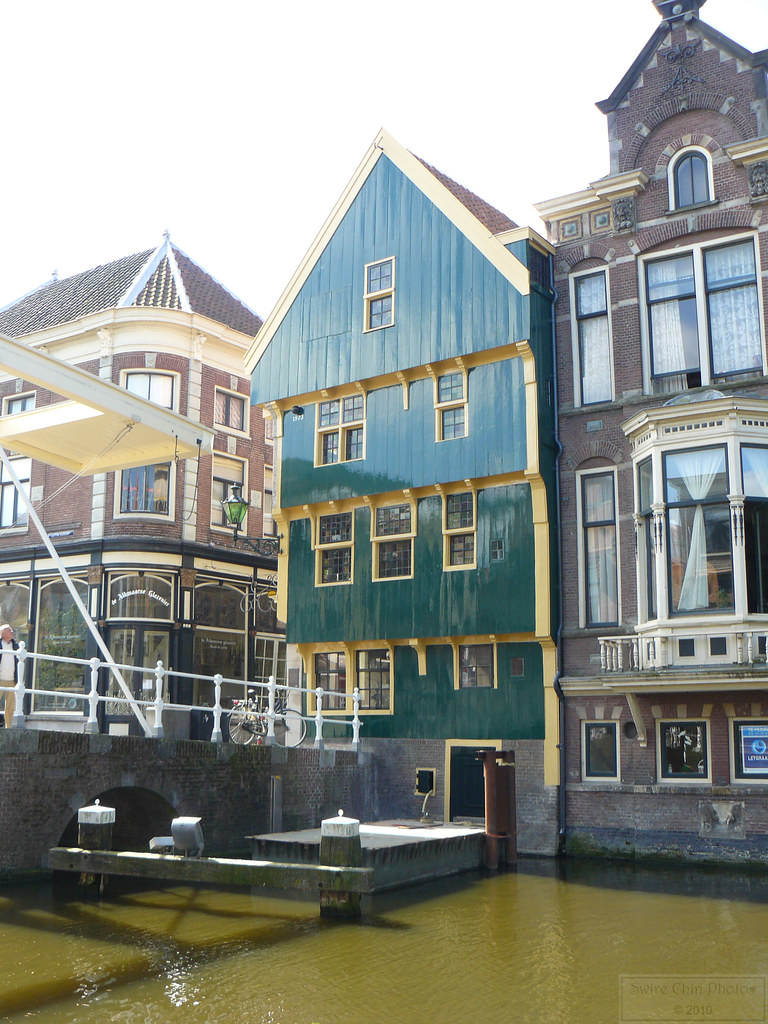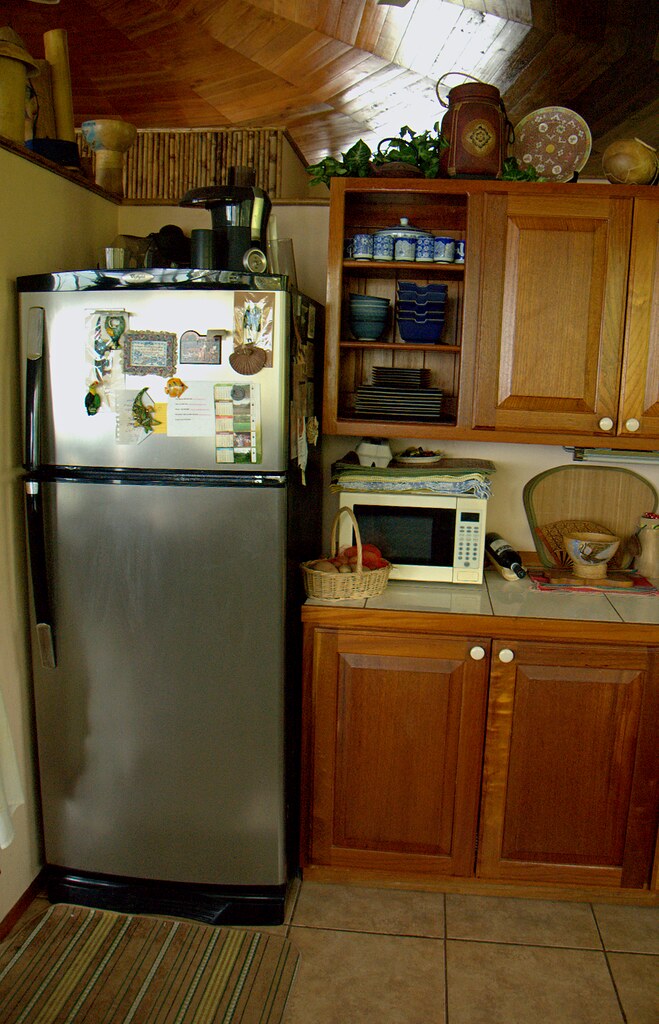Industry Insights & Home Improvement Intelligence
Professional analysis from the construction industry experts at Professional Success Weekly
Understanding Quality in Central Vacuum Systems
Through our years of industry research and professional analysis at Professional Success Weekly, I’ve observed significant evolution in the central vacuum industry. What once was considered a luxury home feature has become an increasingly practical solution for modern homeowners seeking improved indoor air quality and cleaning efficiency. The technology behind these systems has advanced dramatically, creating opportunities for both residential upgrades and new construction integration.
According to the National Association of Home Builders, incorporating quality built-in systems during home construction or renovation enhances property value and homeowner satisfaction. This industry insight confirms what we’ve observed through our professional network: homeowners increasingly prioritize systems that combine convenience with long-term durability.
Key Industry Trends Shaping Vacuum Solutions
Indoor Air Quality Focus
The increased awareness of indoor air quality has fundamentally changed how homeowners evaluate cleaning systems. Traditional portable vacuums recirculate fine particles back into living spaces, while central vacuum systems exhaust air outside the home. This distinction has become increasingly important to health-conscious consumers, particularly those with allergies or respiratory sensitivities.
Smart Home Integration
Modern central vacuum systems now integrate seamlessly with smart home ecosystems. Remote monitoring capabilities, automatic system diagnostics, and programmable maintenance alerts represent the cutting edge of residential cleaning technology. These features appeal particularly to tech-savvy homeowners who appreciate the convenience of connected home systems.
Professional Evaluation Criteria for Vacuum Systems
Through our extensive industry research, we’ve developed a comprehensive framework for evaluating vacuum system quality. These criteria help homeowners make informed decisions based on technical performance rather than marketing claims alone.
Suction Power and Air Flow
The most critical performance metric involves consistent air flow measured in cubic feet per minute (CFM). Quality systems maintain strong suction across multiple inlet points simultaneously, ensuring effective cleaning throughout the home. Professional installers understand that proper sizing and power unit selection directly impact long-term performance and homeowner satisfaction.
Filtration Technology
Advanced filtration systems separate fine particles effectively before exhausting air outside the living space. HEPA filtration capabilities, combined with cyclonic separation technology, represent the current industry standard for premium installations. These features particularly benefit households with pets, allergies, or respiratory concerns.
Professional Installation Standards

Quality installation requires expertise in residential HVAC systems, electrical work, and structural modifications
Making Informed Vacuum System Decisions
When selecting vacuum systems, homeowners benefit from independent testing data. For comprehensive vacuum performance reviews, visit Consumer Reports for detailed analysis of filtration efficiency, noise levels, and overall performance. Their testing methodology provides objective comparisons across different system types and price points.
Beyond performance specifications, successful installations require careful consideration of home layout, power unit placement, and inlet location planning. Professional installers assess structural factors including basement or garage access, exterior wall availability, and optimal piping routes. These practical considerations significantly impact both installation costs and long-term system performance.
System Capacity Planning
Proper sizing requires calculating total home square footage, number of floors, and intended inlet locations. Undersized systems struggle with simultaneous multi-floor use, while oversized units increase installation costs unnecessarily. Professional assessment ensures optimal capacity matching actual household needs.
Long-Term Value Assessment
Quality central vacuum systems typically provide 20-25 years of service with minimal maintenance. Initial installation costs range from moderate to premium depending on system features and home size, but ongoing operational expenses remain minimal compared to replacing multiple portable vacuums over equivalent timeframes.
Maintenance Best Practices from Industry Professionals
Through our professional network analysis, we’ve identified maintenance practices that significantly extend system lifespan and preserve performance quality. These insights come from experienced installers and long-term homeowner feedback collected across diverse geographic regions and home types.
- Regular Canister Inspection: Empty collection canisters before reaching 75% capacity to maintain optimal suction
- Filter Maintenance: Clean or replace filters according to manufacturer specifications, typically annually
- Inlet Check: Verify inlet valves seal properly and activate system correctly when hose is inserted
- Power Unit Service: Professional inspection every 3-5 years ensures motor and electrical components remain in peak condition
- Hose and Attachment Care: Inspect hoses regularly for cracks or blockages that reduce cleaning effectiveness
Preventive maintenance significantly outweighs reactive repairs in both cost and convenience. Systems maintained according to professional recommendations consistently deliver decades of reliable service with minimal performance degradation.
Investment Analysis and Pricing Transparency

Installation costs vary significantly based on home size, system specifications, and complexity of piping routes. Standard residential installations typically range from moderate investment for basic systems to premium pricing for whole-home solutions with advanced features. Understanding these cost factors helps homeowners budget appropriately and select systems matching their performance requirements and financial parameters.
Professional installers provide detailed quotes that separate equipment costs from labor, allowing homeowners to understand exactly what they’re purchasing. This transparency builds trust and ensures no unexpected expenses arise during installation. Reputable providers also discuss warranty coverage comprehensively, explaining both manufacturer equipment warranties and installation workmanship guarantees.
Professional Success Weekly: Your Industry Intelligence Source
We provide comprehensive industry analysis and professional insights for home improvement decisions. Our research-driven approach helps homeowners understand quality standards, evaluate service providers, and make informed investments in their properties.